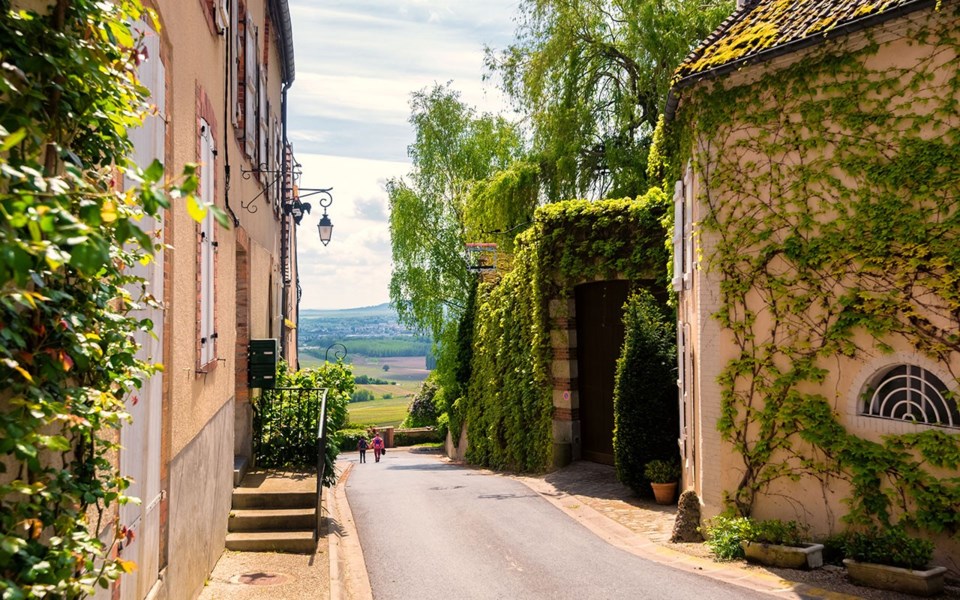
Avenue de Champagne in Epernay is said to be the richest street in the world given the value of the bottles in its caves.
Epernay competes with Reims for the title "capital of Champagne;" both small cities practically gleam with glamour as they boast famous houses like Moët & Chandon and Piper-Heidsieck (favored by Marie Antoinette, no less).
But we choose to base in the birthplace of champagne: the tiny hamlet of Hautvillers, population 800.
I have a unique advantage as I journey through this storied region in France. I am traveling with my sister, who is a certified sommelier and French Wine Scholar.
Rest assured, while that may sound intimidating, Melanie has a knack for revealing her knowledge of all things champagne (production methods, aging, regional classifications) in a way that is entertaining because she mixes in historical anecdotes and myths as we sip and savour.
She shares that Dom Pérignon, who served as the cellarer in the Abby of Hautvillers, accidentally invented the bubbly beverage and then disclosed this discovery to his fellow Benedictine monks by exclaiming: "Come quickly, I am drinking the stars!"
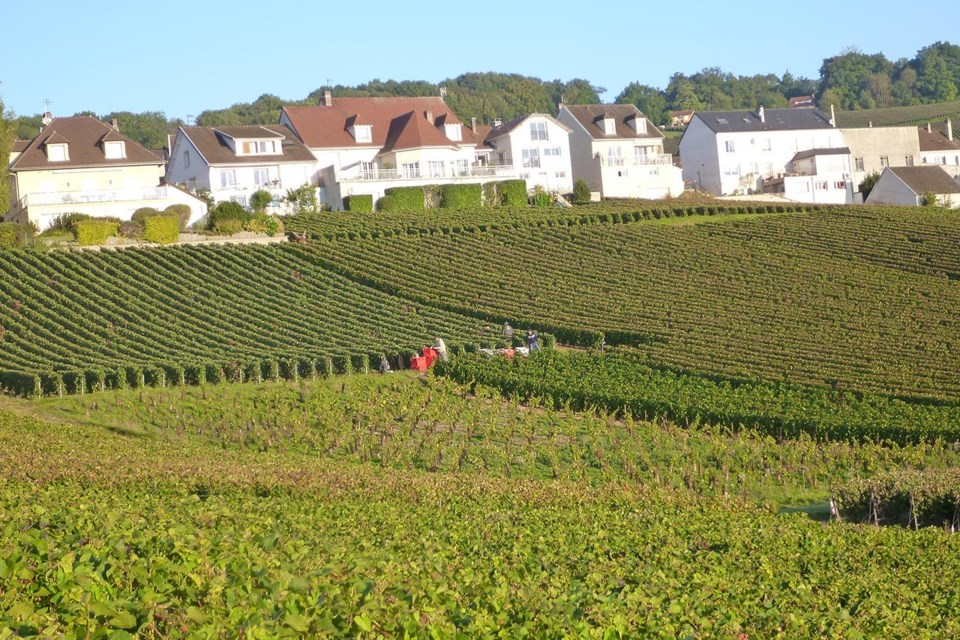
We stay in an 18th century farmhouse, hidden behind a tall stone wall with, not far from where Dom Pérignon is buried. Our hostess, Cécile, shows us to a suite above the stables that is the epitome of elegance. Unfortunately, the horses are out in pasture because it's September and Cécile is preparing for harvest next week and too busy to ride. (Each town in Champagne has a date set for harvest that they must follow. Production is highly regulated.)
After we unpack, Cecile pours flutes of her two cuvées: a raw stock and the rosé brut Pierre Fedyk, which she produces in small quantities.
This is the theme of our trip. While famous houses export around the world, our focus is on visiting small vintners whose champagnes are available only in France; some vineyards are so tiny they distribute only in the local area.
Our days take on a delightful pattern. We run early as the rising sun cuts through the mist and casts a golden glow over the grapes and white stone buildings. The steep terrain is perfect for hill repeats; all the better to dispel any guilt when we breakfast at Cecile's table, laden with croissants from the bakery across the street, homemade yoghurt and a plethora of cheeses, meats, fruits, and breads.
Then we venture into the vineyards by foot or bike.
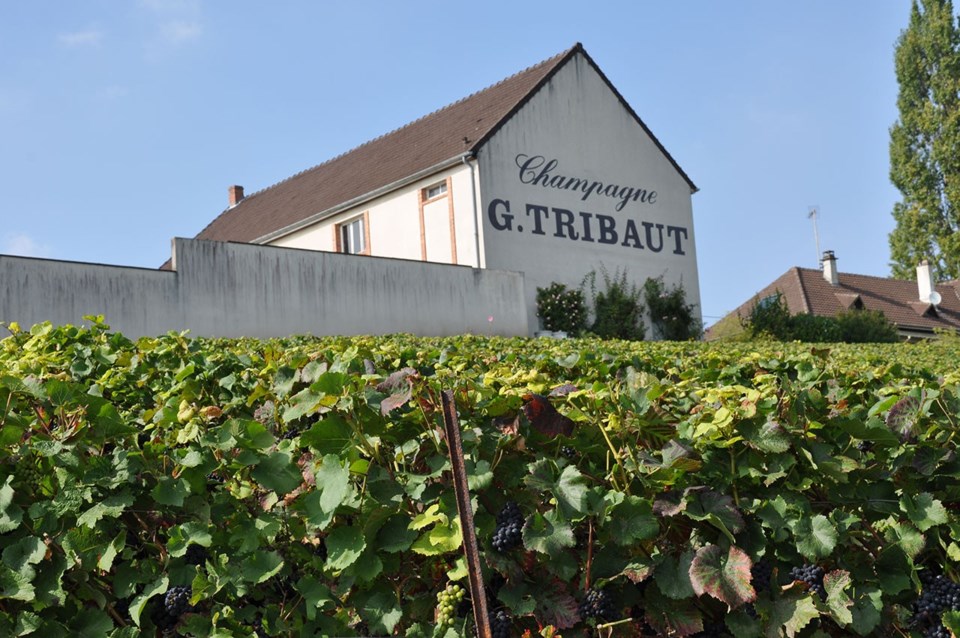
Just a short walk from Cecile's is G. Tibaut, where we buy a bottle to drink in a lovely garden. Valérie Tribaut, who runs the vineyard with her brother, comes to sit with us. Her grandfather started the winery in 1935. They tend 12 hectares of the three champagne grapes (pinot noir, meunier and chardonnay), which allows them to produce a wide range of styles. Their father, mother and uncle still share experience—and passion. She talks about the complicated regulations around what can actually be labelled "champagne," which is why the beverage can be extremely expensive.
One afternoon we cycle to Fluery de Riviere and randomly ride into a rustic courtyard. The owner greets us and it is immediately apparent that he does not speak English. We ask in our rudimentary French if we can taste his champagne. He nods and leads us into a small, spare room and then disappears. He returns with a French-English dictionary and we piece together a conversation.
He gently opens a bottle—there is a barely audible gasp as the cork comes free—and slowly fills our glasses. This is no mere taste! He tells us about his wine but, despite the aid of the dictionary, we only understand half of it, regretting that we have long forgotten much of our high school French. We smile our appreciation and he replenishes our glasses. He refuses a tasting fee so we buy a bottle before departing.
Melanie shares intel on why it's important to open champagne softly. If it's done with a dramatic pop too much fizz will escape, causing the wine to become flat faster. However, for real spectacle, a bottle can be sabered.
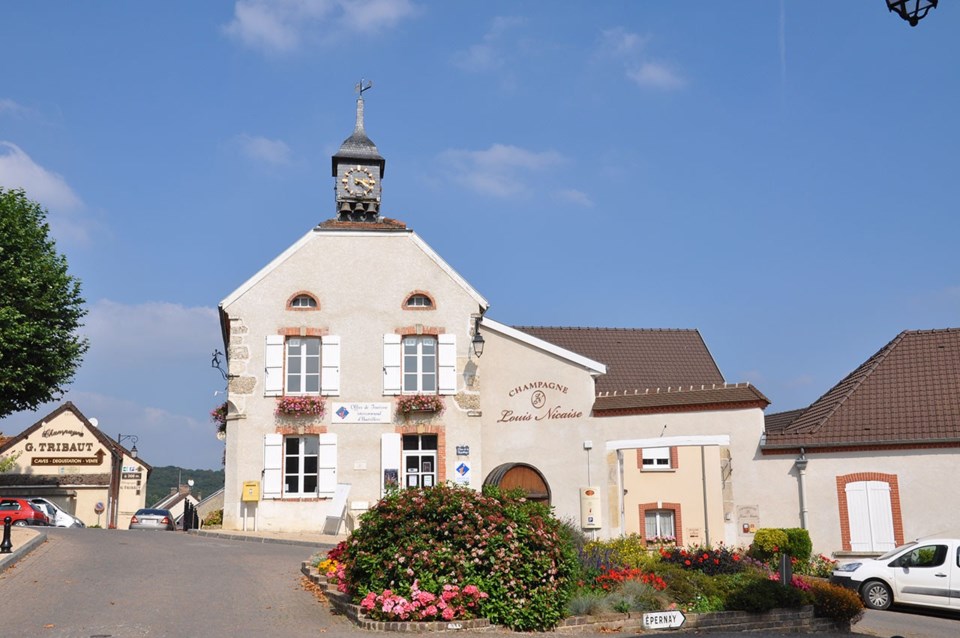
According to legend, Veuve Clicquot, who took over her husband's winery when widowed at 27, thanked young soldiers riding home from early and victorious Napoleonic wars by tossing them bottles of champagne. Staying astride their horses, they would dispense of the cork with a swift stroke of their sword to slice the neck of the bottle. Clicquot is known as the Grande Dame of Champagne; More than 200 years later, her brand is still beloved.
A highlight for us is Côte des Blancs region, so named because 95 per cent of the grapes grown here are chardonnay, which are used for many vintage champagnes and prestige cuvées by the large houses. Blancs des Blancs is Melanie's favourite champagne. She is delighted to grab a handful of "the dirt" to feel the chalky texture, which leaves a silky residue on your fingers. The soil, she says, is what gives Blancs des Blancs bubbles their finesse and delicate elegance.
It is only 10 a.m., but we decide it's never too early to sample champagne and stop at Crépaux Fils in Cramant, one of only four villages located on the actual Côtes des Blancs slope. A young woman leads us down steep stairs into a cool cave, where we sip bubbles in the dark.
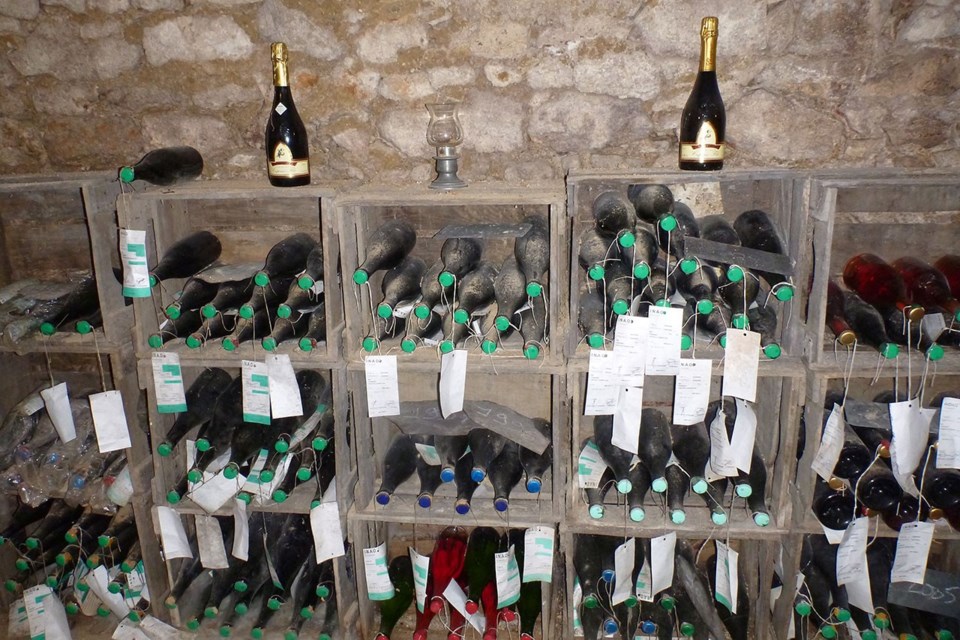
Of course, we do spend time on the oh-so-elegant Avenue of Champagne in Epernay but we skip the big houses of Pol Roger and Pierre Jouet; the charge for a tour and one glass of champagne at these is equivalent to the cost of two bottles of growers champagne. Who said math is tough?
Instead we go to Paul-Etienne Saint Germain and chat with owner Jean-Michel, who tells us that he and his wife were lucky to have family vineyards that sold grapes to the big houses. But he had a dream to make his own. And now he does and even exports to posh restaurants in New York, Paris and Hong Kong.
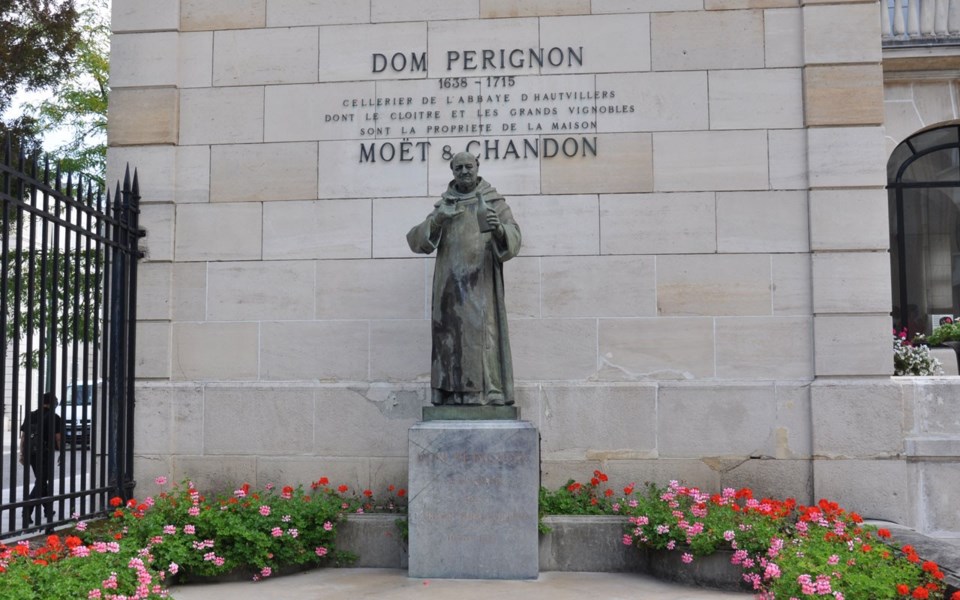
It's easy to think of dreams coming true in a place where monks thought they were drinking stars.
But very difficult to leave. Fortunately, we're only going 320 km east to Alsace, where more bubbles (and beer and bratwurst!) await.



